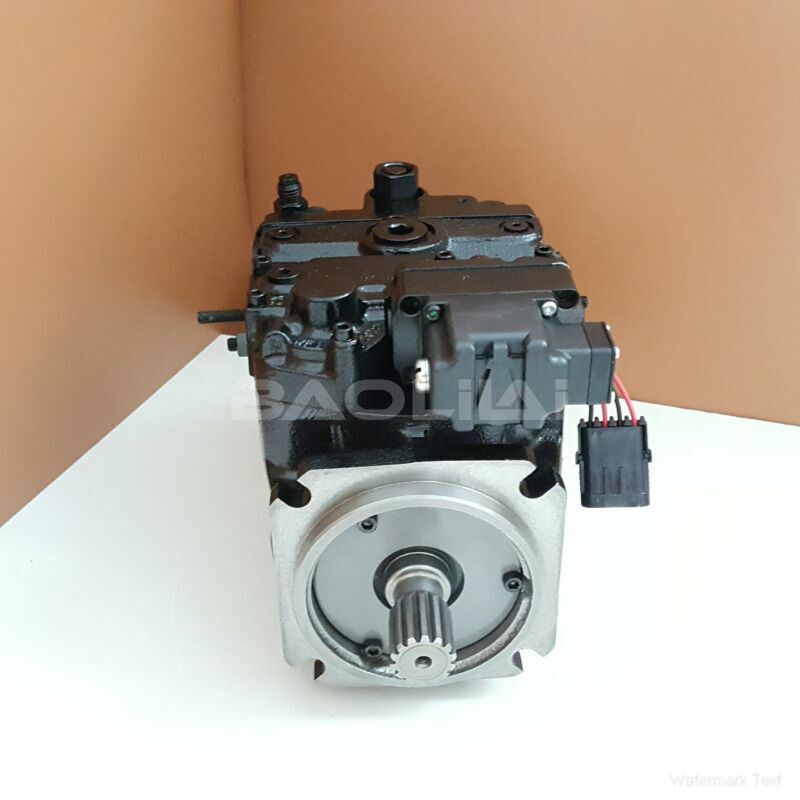90R055KP1NN80P3C6C03GBA424224 piston pump
90R055KP1NN80P3C6C03GBA424224 piston pump

- Product Details
- Applicable Scene
In the food production industry, the efficiency and reliability of fluid systems play a critical role in ensuring the safety and quality of food products. One of the essential components of these fluid systems is hydraulic pumps, which facilitate fluid power and circulation within various processes. This article explores the significance of hydraulic pumps in food production, focusing on their functionality, advantages, and applications.
90-R-055-KP-1-NN-80-P-3-C6-C-03-GBA-42-42-24
90R055KP1NN80P3C6C03GBA424224
Hydraulic pumps are devices that convert mechanical energy into hydraulic energy, enabling the movement of fluids through pipelines and machinery. In food production, these pumps are crucial for various applications, including the transportation of raw materials, mixing, heating, cooling, and sterilization of food products. The ability to control fluid flow precisely and efficiently is vital in maintaining the desired temperature, pressure, and consistency in food processing.

80003024
One of the primary advantages of hydraulic systems utilizing hydraulic pumps is their capacity to generate significant amounts of power while maintaining a compact size. This is particularly beneficial in a food production environment where space may be limited. Hydraulic pumps can also operate efficiently under high pressures, allowing for the transportation of viscous fluids without compromising flow rates. This capability is essential in managing ingredients like sauces, syrups, and dough mixtures, which require specific handling to maintain their integrity.
In addition to their power and efficiency, hydraulic pumps offer superior control over fluid dynamics. With the integration of advanced control systems, operators can monitor and adjust the flow rates and pressures in real-time. This level of precision is vital in processes that require strict adherence to safety and quality standards. For example, pasteurization and sterilization processes depend heavily on the accurate movement and heating of liquids, where even slight deviations can lead to unsafe food products.





